This is the last in a series of articles on the 56th Sydney Film Festival. Parts 1, 2, 3 and 4 were posted on July 9, 10, 13 and 14 respectively.
Tellingly, most of the better features screened at this year’s festival were older works. This included the recently restored silent film The Big Parade (1925), as well as Wings [Krylya] (1966), Wake in Fright (1971), Overlord (1975) and The Lost Honor of Katharina Blum (1975). These movies explored a range of substantive issues, and did so with an artistry and intensity lacking in many contemporary features.
The Big Parade (1925), produced and directed by King Vidor, is from a story by Laurence Stallings, a former US Marine who lost his leg in World War I combat. The 141-minute feature was the first silent American movie to deal realistically with the horrors of war and to do it from the standpoint of ordinary soldiers. It was also the most profitable silent-era feature and remained MGM’s most successful film until Gone with the Wind in 1939. In some American cities it screened for more than a year.
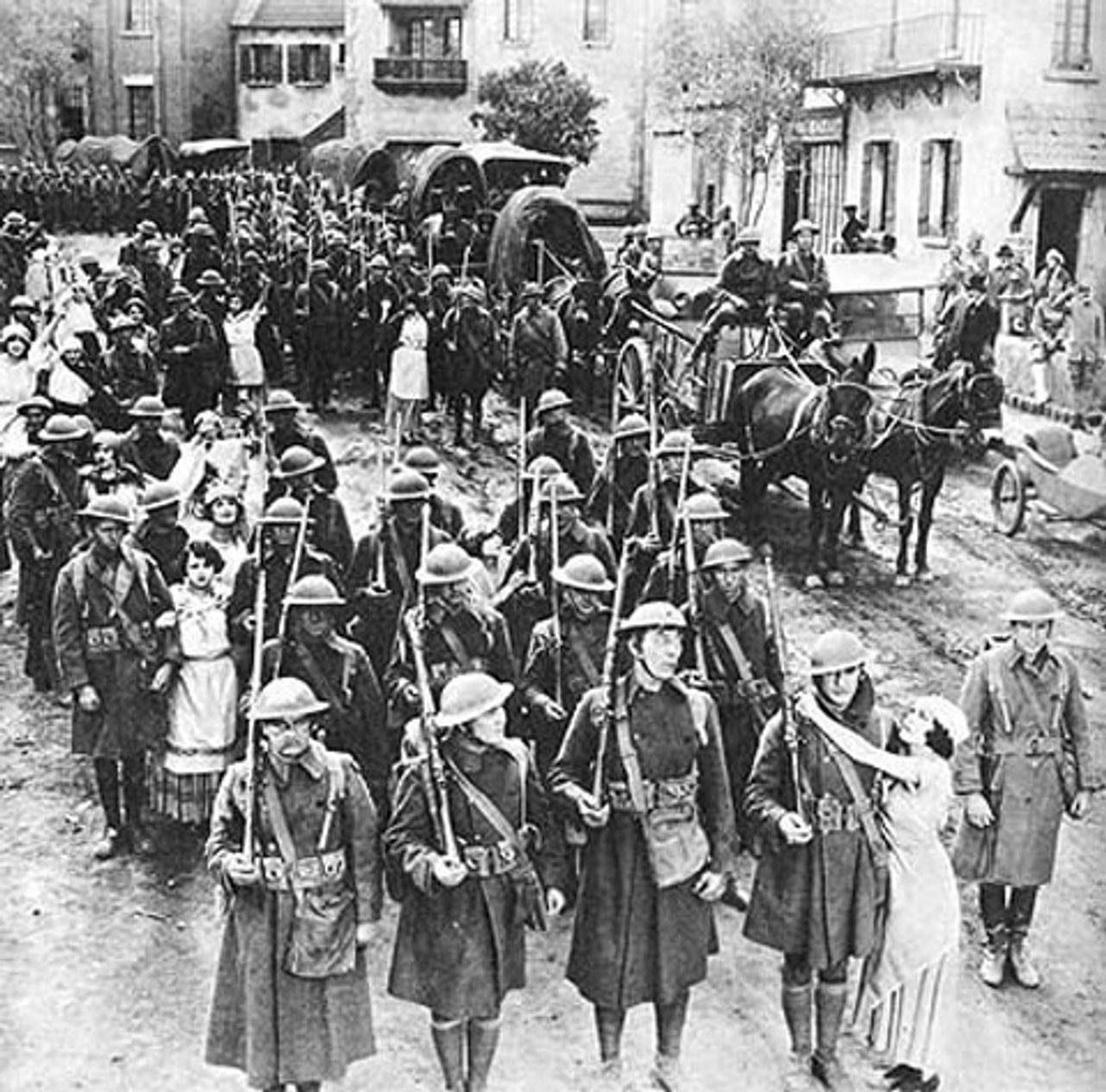
The three central characters are Jim Apperson (John Gilbert), the son of a steel industry magnate, “Slim” Jensen (Karl Dane), a construction worker, and bartender “Bull” O’Hara (Tom O’Brien). Following US involvement in the war the three young men are swept up in the patriotic “Big Parade” fervour, join the army and are dispatched to France. Apperson falls in love with a French peasant girl but soon after is sent into combat with Jensen, O’Hara and thousands of others.
As the movie sardonically notes: “What a thing is patriotism! We go for years not knowing we have it. Suddenly—Martial music! Native flags! Friends cheer! and it becomes life’s greatest emotion!”
The Big Parade’s battle scenes are stunning and effectively recreate the horrors of the first imperialist slaughterhouse—the unrelenting machine-gun fire, heavy artillery, poisonous gas attacks and shell-shocked wounded soldiers. “Slim” Jensen is killed and Apperson is seriously wounded and then evacuated in a long line of ambulances to a makeshift hospital. Apperson eventually recovers and returns to his wealthy parents in the US, the war over. Encouraged by his mother, he decides to return to France.
While The Big Parade has its fair share of romance and comedy—particularly during the young Americans’ pre-combat days in France and has a Hollywoodesque happy-ending—eighty-four years since it was released Vidor’s movie remains a formidable work.
World War II cannon fodder
Overlord (1975) is an 83-minute black and white feature about Tom Beddoes (Brian Stirner), a recently enlisted young British soldier being mobilised for the June 6, 1944 D-Day invasion of German-occupied Europe. Beddoes, a gentle, somewhat naïve young man, is killed even before he’s able to leave his landing craft.
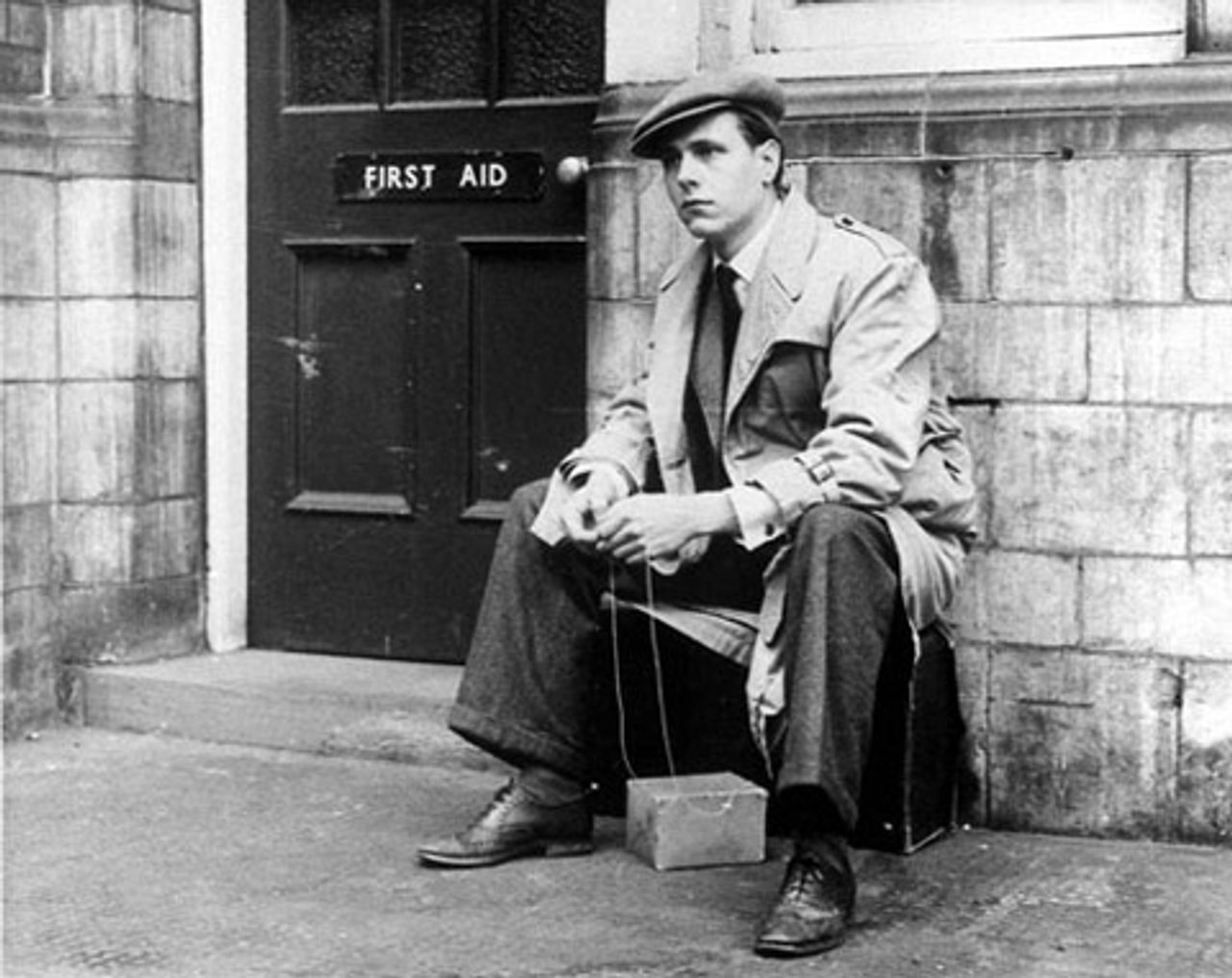
Directed by American-born Stuart Cooper, Overlord won the Silver Bear prize at the Berlin film festival in 1975 but was largely forgotten, at least until 2004 when it was screened at the Telluride film festival and then released on DVD. Prior to Overlord, Cooper directed Test of Violence (1970), Kelly Country (1973), a documentary about Australian artist Sidney Nolan, and Little Malcolm (1974). During the past three decades he has worked in television.
Cooper began making Overlord in his early 30s and spent almost two years studying archival war footage from Britain’s Imperial War Museum. Selections of this material were combined with re-enacted segments shot by John Alcott, the award-winning cinematographer of Stanley Kubrick’s Barry Lyndon and The Shining.
In contrast to the multi-million dollar battle scenes staged for The Longest Day (1962) and Steven Spielberg’s Saving Private Ryan (1998), Overlord—the Normandy invasion’s codename—only had a $205,000 budget. The movie, in fact, eschews the usual war film templates.
There are no re-staged battle scenes, and the young man and the friends he makes in the army are not heroic figures. Daily life for the young recruits in the lead-up to D-Day is mundane and tinged with a strange combination of melancholia and fatalism. Before going into battle the young soldiers are instructed to burn all their personal papers and are issued with French francs and a copy of the Bible.
Cooper skillfully creates this haunting atmosphere, focusing on Tom’s innermost thoughts: concerns about his parents and their pet dog and his love for a beautiful young woman he meets at a local dance near the military base. Tom’s parents send him a fountain pen for his 21st birthday and his thank-you note, which consoles them about his possible death in the impending invasion, is his last letter.
Overlord is a subtle and elegiac work. Cooper has explained in several interviews that Robert Capa’s startling 1936 photograph, recording the death of a Spanish Republican soldier, was an important visual influence. It is reflected, albeit in a different, dreamlike form, in Tom’s premonitions of his own death.
Loneliness
Wings (Krylya), Ukrainian-born filmmaker Larisa Shepitko’s second feature, is a lyrical movie set in the early-1960s about Nadezhda Petrukhina (Maya Bulgakova), a former Russian fighter pilot and decorated World War II hero.
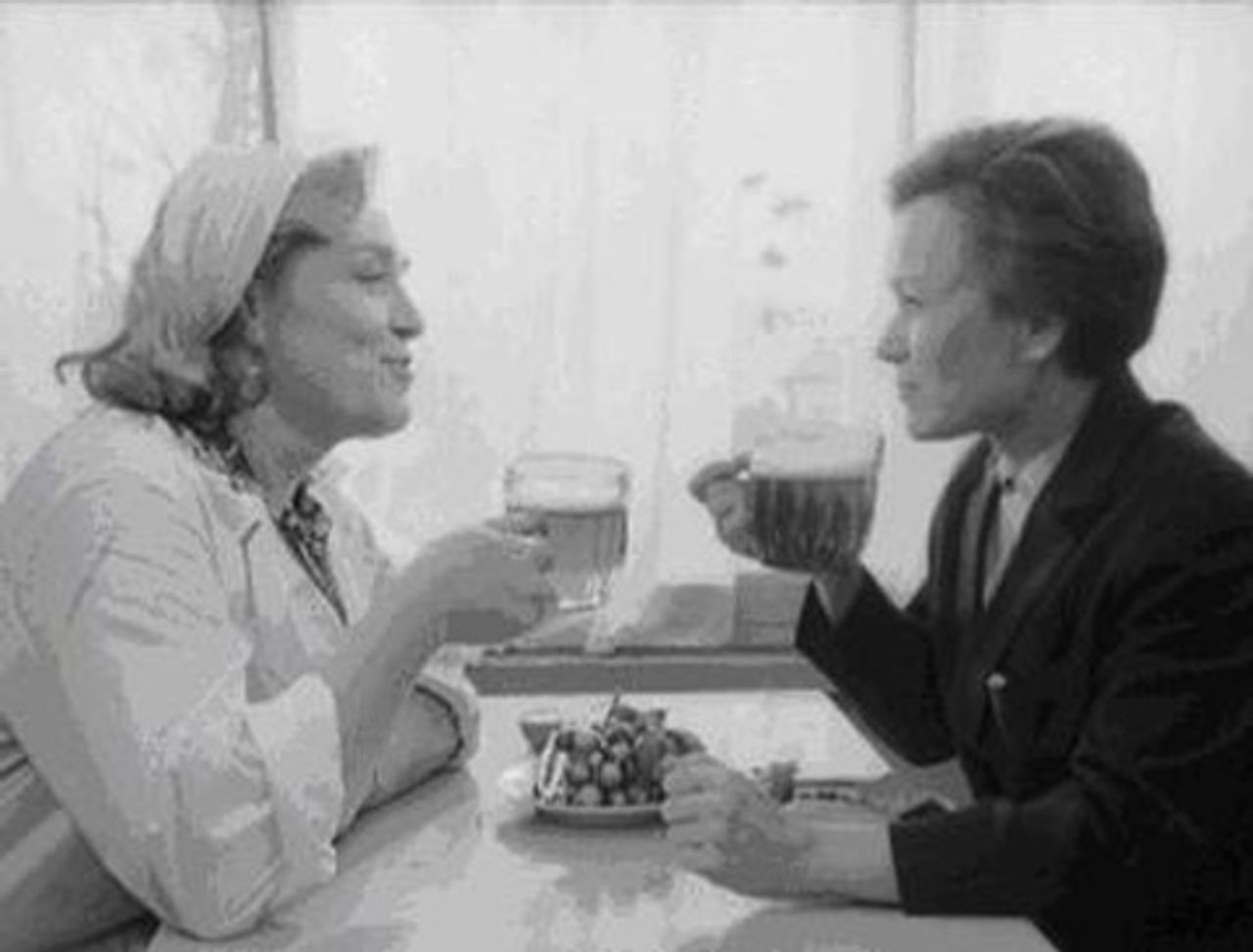
Petrukhina’s flying career was cut short by injury and she is now a trade school headmistress in a Russian provincial town. She is single, remains in love with a fellow fighter pilot killed in the war, and still yearns for her years as a pilot.
Determined to maintain high standards at the school, Petrukhina appears cold and unapproachable but is uncomfortable in her role as school disciplinarian. She has few close friends and the relationship with her daughter and only child Tanya is strained. Tanya is somewhat embarrassed about her mother and rarely visits her or invites her home.
The first part of Wings moves relatively slowly, but Shepitko’s feature is a subtle work and gradually draws the viewer into Petrukhina’s life and all its personal and social complexities—large and small.
Several key scenes—a conversation with a barmaid and her visit to a local museum—are evocative. A group of school children are visiting the museum, which has an exhibition of World War II Russian pilots. A small girl points to a photo of Petrukhina on the wall and asks the tour guide whether the pilot is still alive. Neither the tour guide nor the children notice Petrukhina sitting nearby and the question unsettles the decorated war hero.
Wings is not just a portrait of Petrukhina, but an insight into the frustrations of a layer of Soviet citizens who had made heroic sacrifices during the war and in its aftermath find it difficult to adjust to, and are uncomfortable with, the roles assigned to them by the Stalinist regime.
Shepitko studied film under the great writer-director Alexander Dovzhenko (Arsenal [1928] and Earth [1930]), one of the three major pioneers of Soviet film. Graduating from film school in 1963, she rejected the mind-numbing and artistically debilitating “socialist realism” of the Stalinist bureaucracy and combined documentary filmmaking techniques with an inspired poetic visual style to tell deeply personal stories. Other important representatives of this new post-war Soviet cinema included Andrei Tarkovsky (Andrei Rublev [1969] and Solaris [1972]) and Shepitko’s husband, Elem Klimov (Come and See [1985]).
Tragically, Shepitko was only able to complete three other features before her death in a 1979 car accident. Wings and The Ascent (1977), about partisans in Nazi-occupied Belarus, are seminal films and now available on DVD.
An outback nightmare
In the early 1960s, American director Joseph Losey, exiled in Britain to escape the US anti-communist blacklist, planned to make Wake in Fright, the seething Kenneth Cook novel about the Australian outback. Losey lost interest and the rights were sold to an Australian television production company and Canadian director Ted Kotcheff was chosen to make the movie.
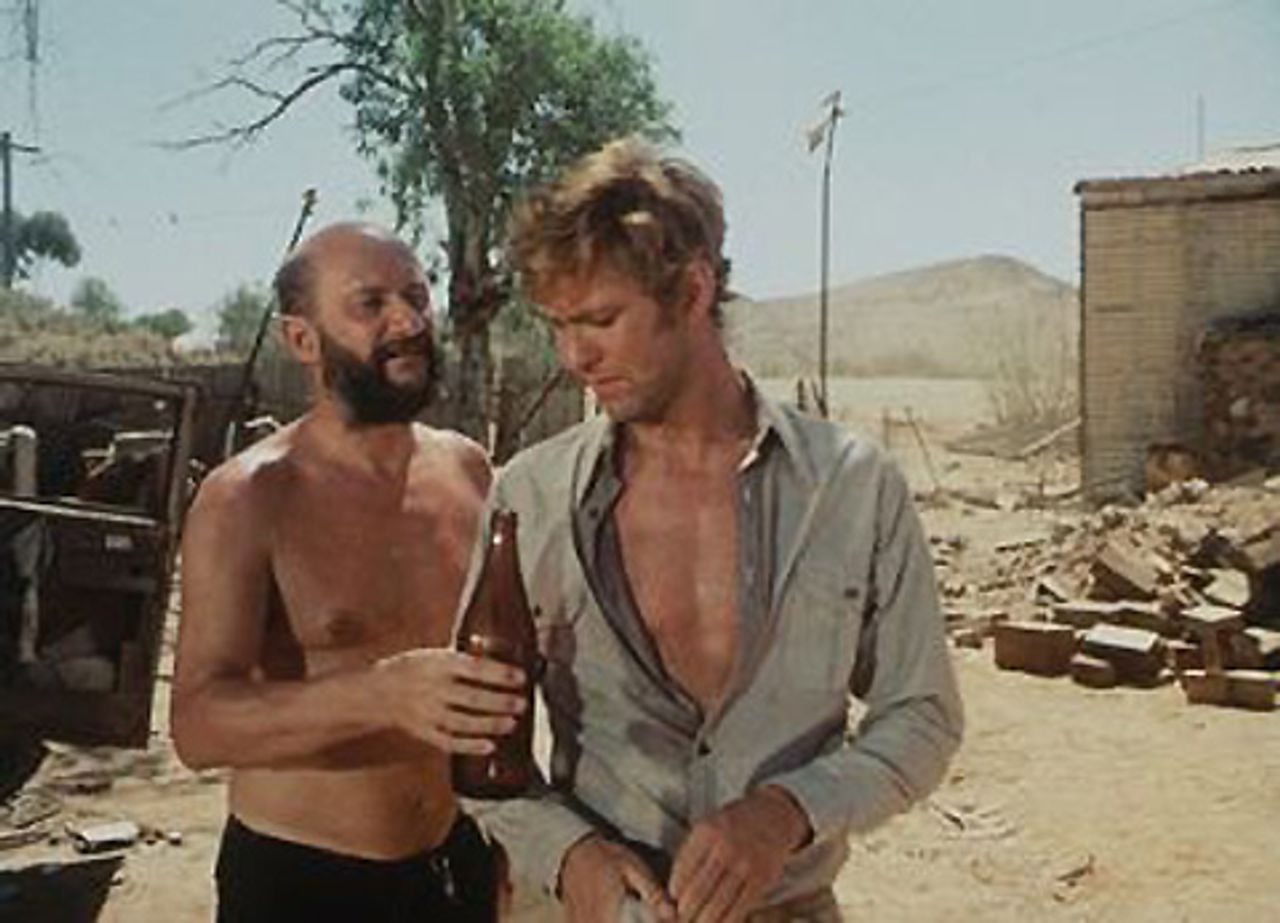
Kotcheff, whose five-decade career in film and television in Britain, North American and Australia could be the subject of a separate article, was working in London at the time. He had just directed Life at the Top (1965) and Two Gentlemen Sharing (1969), two socially critical movies about class division in post-war Britain.
Wake in Fright dramatises two weeks in the life of John Grant (Gary Bond), a teacher from the tiny outback Australian community of Tiboonda. Grant plans a coastal holiday, which involves a train ride to the nearby mining town of Bundayabba, a loosely disguised Broken Hill, and then a plane to Sydney.
Arriving in Bundayabba, Grant is introduced to “two-up” gambling by local police chief (Chips Rafferty). After some initial success he loses everything and is befriended by Tim Hynes, Dick (Jack Thompson), Joe (Peter Whittle) and Doc Tydon (Donald Pleasance), a nihilist and hardened alcoholic.
Things go from bad to worse as the teacher is drawn into a nightmarish drinking binge. There’s fumbled sex with Hynes’s adult daughter, a brutal kangaroo shoot and a homosexual encounter. The disoriented Grant contemplates murder, suicide and then makes a failed attempt to hitchhike to Sydney.
Some local critics have described the recently restored Kotcheff movie as a masterpiece. This praise is overblown. Wake in Fright tends to over-stylise and there’s little variation in the emotional tone. Kotcheff apparently planned scenes showing Dick and Joe in the mines to emphasise that their raucous, hard-drinking behaviour was a release from their backbreaking and dangerous work. Budget limits unfortunately prevented these scenes from being shot and the movie suffers for it.
Nonetheless Wake in Fright has its moments. Grant’s first encounter with the local police chief, the two-up games, some menacing moments with Doc Tydon, and a final angry exchange between Grant and a local man who drives him to a nearby railway station, are memorable.
Wake in Fright was nominated for a Palme D’Or at Cannes in 1971 and although critically acclaimed was not well received by Australian audiences and was pulled from cinemas after a couple of weeks. It did, however, encourage local directors to start dealing with the country’s real history and social life and some worthwhile local movies were made during that decade.
Kotcheff returned to North America after the production where he has directed an eclectic selection of movies—some good, some bad—and spent most of the last decade working in television. He told Sydney festival audiences that he regarded Wake in Fright as his finest work and there is certainly much to admire about it.
The newly-restored movie, which is currently screening in Australian cinemas, punctures important myths about the Australian outback as a romantic, even heroic place. It also constitutes a protest against violent male-bonding rituals, self-destructive drunkenness and general backwardness, attitudes still promoted as “Aussie culture” by the local media.
One more rediscovery
The Lost Honor of Katharina Blum, directed by Volker Schlondorff and Margarethe von Trotta, was another important classic at this year’s festival. Set during the early 1970s, the movie was adapted from a Heinrich Böll novel and is a damning indictment of the corporate media and the German state apparatus. The book’s full title, in fact, is The Lost Honor of Katharina Blum: How Violence Develops and Where It Can Lead.
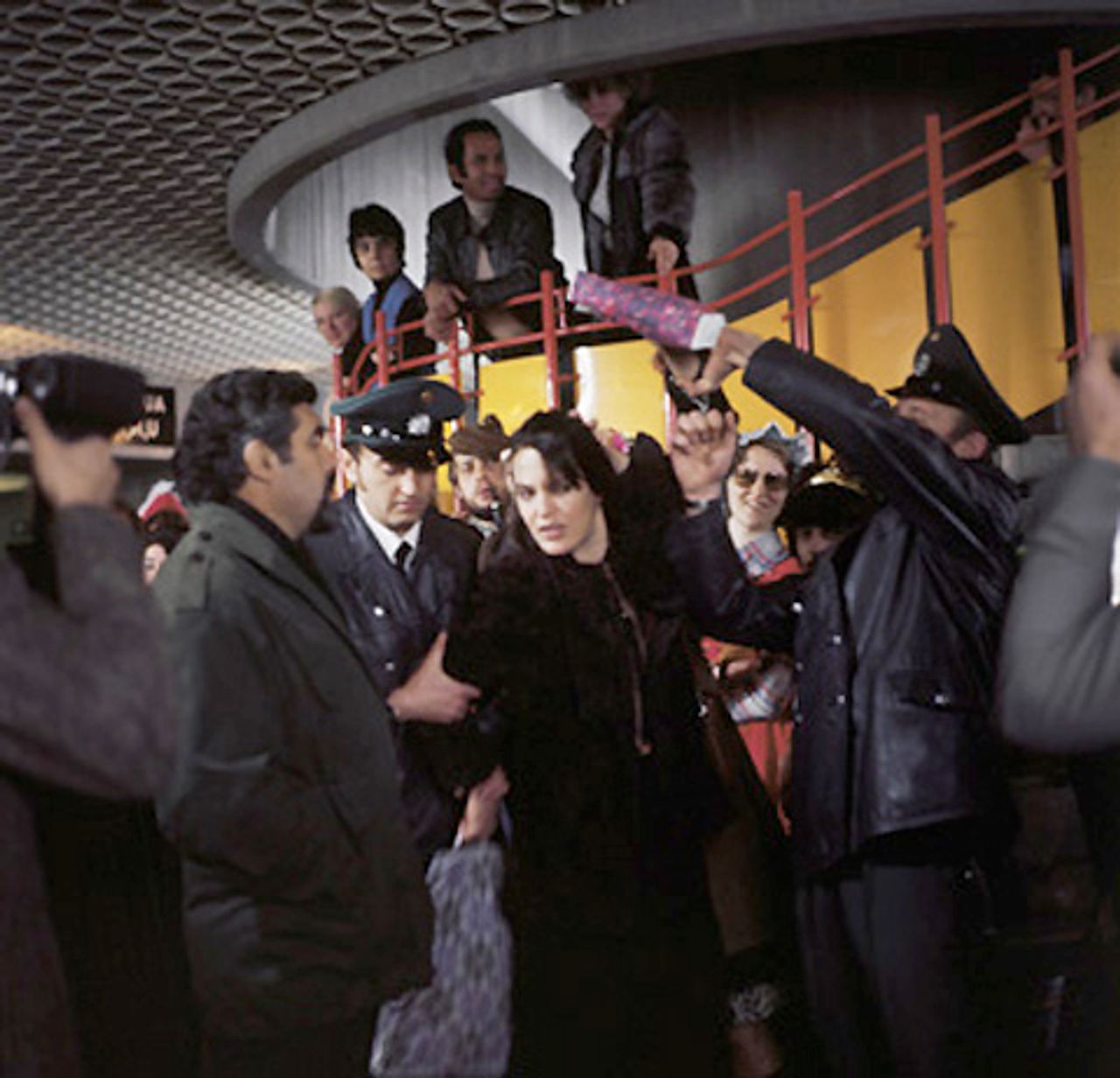
Böll and the filmmakers were deeply concerned about the massive state repression against the Red Army Faction or so-called Baader-Meinhof terror gang and other major attacks on basic democratic rights by West German authorities during this period.
The film dramatises how a young, apolitical working class woman, following a one-night stand with an anarchist under state surveillance, is branded a terrorist by the police and the corporate media. Everything about Katharina Blum is splashed across the press and used to discredit and demonise her, with tragic consequences.
Angela Winkler as Blum delivers an extraordinary performance as she is transformed from a demur and innocent young woman into someone determinedly trying to protect her personal honour. The movie’s epilogue is a potent exposure of media hypocrisy about democratic rights.
Filmmakers Schlondorff and von Trotta, like Böll before them, were attacked in the media as “terrorist sympathisers”. Schlondorff was denounced as the “Propaganda Minister for the Red Army” and soon after the film was released faced a 3 a.m. police raid on his home. An old souvenir gun, given to him as a gift, was seized, with the media claiming “an illegal arsenal” had been discovered in the director’s home.
While the quality and depth of Schlondorff and von Trotta’s later films have been inconsistent, Katharina Blum is a powerful and insightful work and one that resonates on many levels. Comparisons with the hysterical atmosphere whipped up in 2001 as part of the US-led so called “war on terror” are obvious. Important differences between the early 1970s Germany and today are also worth noting.
The media smear campaign portrayed in Katharina Blum was conducted by one particular newspaper Die Zeitung, a thinly disguised version of Alex Springer’s notorious Bild-Zeitung. Today virtually all the corporate media—from right-wing sensationalist to “liberal”—vie with each to demonise terror suspects.
One other comparison should be made. West German filmmakers and writers courageously challenged the assault on democratic rights during the 1970s but where are the contemporary films and novels that measure up to the integrity and angry defiance of Katharina Blum? There have been some attempts, of course, but these have been few and far between. The artistic silence on these vital questions remains acute.
Concluded
